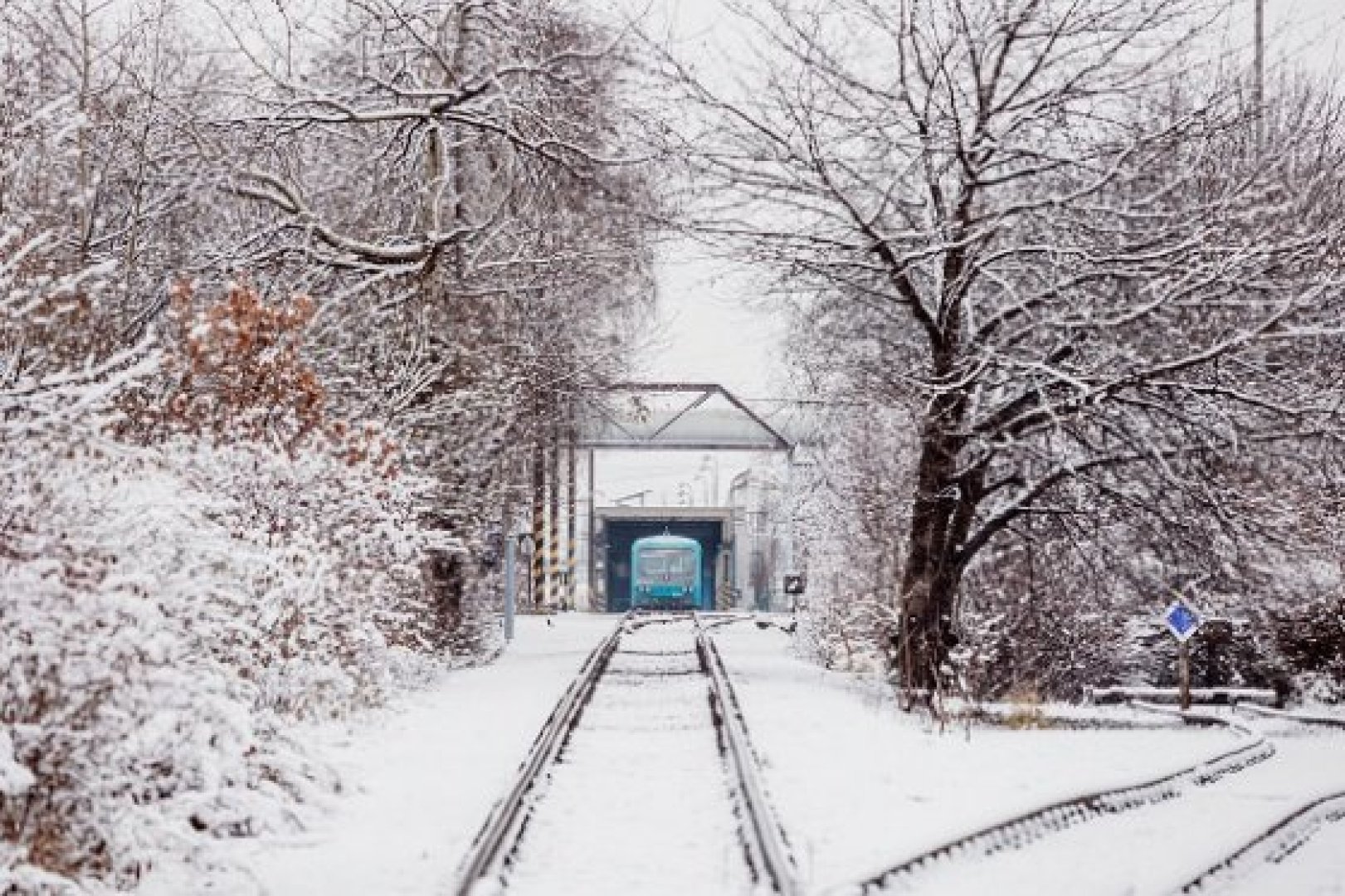Prague to prepare an analysis of its industrial sites, including Malešice, its largest
Covering 650 hectares, the Malešice-Hostivař district is the largest industrial site in Prague, and the location of a large number of the capital city’s technical facilities. This site is currently the subject of discussions relating to several residential development projects which, however, lack coordination and, if implemented, could inappropriately restrict the operation of the existing facilities. The Prague City Council has therefore requested that the Prague Institute of Planning and Development (IPR Prague) undertake a complete analysis of the needs of industrial sites in Prague. The analysis will be then applied to the Malešice site.

The Malešice-Hostivař industrial district is unique in terms of size, location, and excellent transport accessibility. The terminus of metro line A is located here, and the district is home to the Prague Public Transit Company’s (DPP) central workshops and administrative buildings, a railway junction used by the Czech Post, and a PPL depot. There is also an incinerator, a heating plant, a cooling plant, warehousing and production halls, a concrete plant, and the National Library’s central depository. The industrial character of the site, clearly apparent from the buildings and public spaces found there, is currently facing pressure for its transformation and the development of residential properties.
Petr Hlaváček, First Deputy Mayor for Spatial Development and the Land Use Plan, says: “There are certain inclinations at the present time to redevelop this site into a residential quarter, which would seriously limit the options for its flexible use. This is a problem that affects Malešice and many of Prague’s other industrial sites, which is due to the lack of any analysis or strategy addressing the future of such production sites in Prague. This is why we have decided to define a clear set of rules for these locations.”
IPR Prague will therefore prepare an analysis of Prague’s industrial sites to understand how they have contracted or expanded over the last decade, and will determine the needs of such sites and their use in the future. An important part of this analysis will be a mapping of the demands placed on these sites from the perspective of modern technologies, and their environmental impacts, including noise and pollution. The analysis should also assess whether these sites are suitable for conversion to mixed residential/industrial districts. The current land use plan for Prague allows such mixed-use construction (and therefore residential development) in certain industrial locations, while the draft of the new Metropolitan Plan currently anticipates preserving exclusively industrial uses in these districts.
Together with this analysis, IPR Prague will also prepare a specific study addressing the Malešice industrial site, which will serve as an example and a verification of the overall analysis.
IPR Prague Director, Ondřej Boháč, comments on the new task ahead: “Our data tells us that 14 selected industrial sites throughout Prague host about 2,000 enterprises, employing more than 50,000 people. These sites are today’s representatives of Prague’s industrial and technological tradition, and provide a home to many innovative enterprises. We therefore consider it very important to examine the function of these sites in detail.”
You might also be interested in

Two public hearings will help Prague residents get to know the draft Metropolitan Plan.

The Metropolitan Plan protects localities, viewsheds, and nature, and will enable faster development of housing and transport. Come to the “public preview” to learn more.

